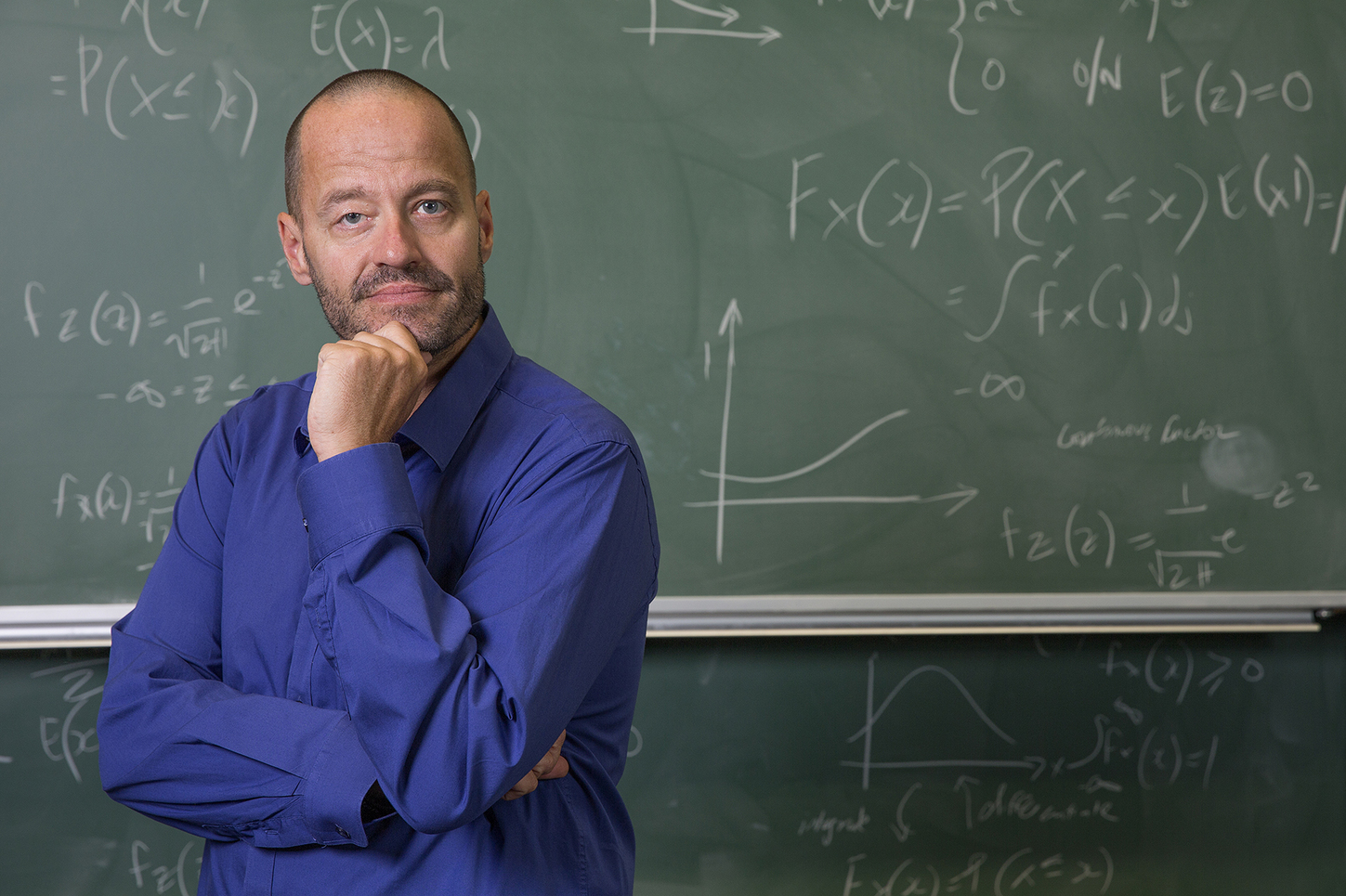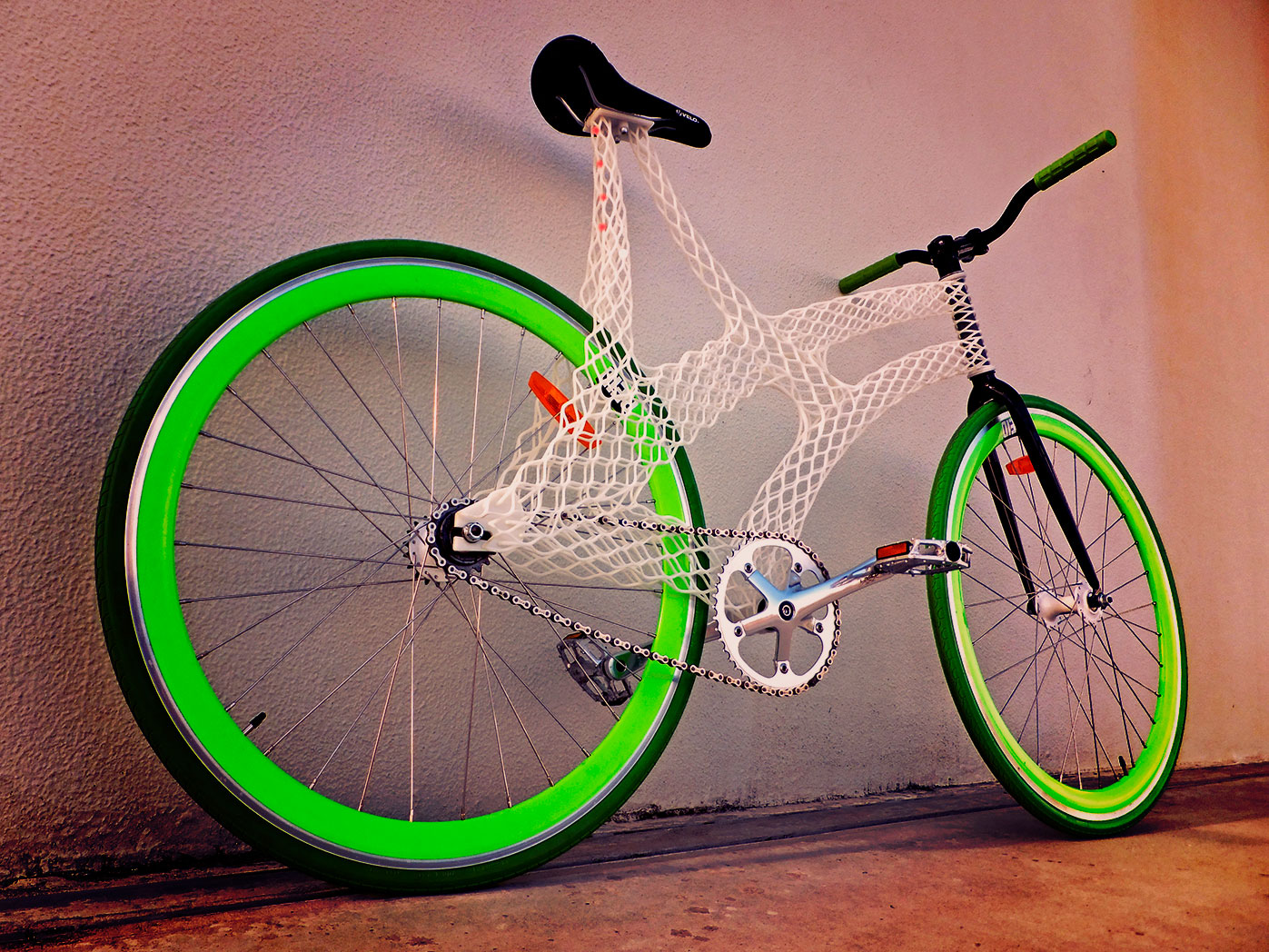By the time the Gold Coast hosts the 2018 Commonwealth Games, athletes may have access to up to 30 times the wearable technology products available today. So predicts Associate Professor Daniel James, a leading sports technology researcher with Sports and Biomedical Engineering Laboratory, SABEL.
“The concept of wearable technology is not new. I’ve been connecting elite athletes to sensor arrays for years,” says Associate Professor James. “The difference today is that the technology is smaller and more affordable. Furthermore, the consumer trend towards embracing technology into all aspects of our lives means this sector is set to explode.”

But what exactly is wearable technology? While many of us are deeply attached to our smart phones, they are not wearable technologies in themselves. Rather they act as an enabler by being the primary device for collecting and sharing data from wearable sensors.
We’re talking about technology that can be worn 24/7 or may only be removed at night before sleeping. In vivo medical devices also are not included, although a “second skin” with embedded technology could become a reality in the not so distant future.
A number of bracelet devices are already available, including Nike’s Fitbit and the newly released Jaybird Reign. There are also devices that fit into shoes and pulse bands that measure heart rate.
Meanwhile, currently under development are smart materials to measure a range of parameters such as skin temperature and muscle contraction and extension.
As much as this is a dynamic area with products being developed at a prodigious rate, Associate Professor James was researching and developing wearable technology long before it became a market trend.
From initial investigations in the early 1990s that involved monitoring ECG readings over the internet, to working with today’s Olympians on perfecting their swimming stokes, attaching sensors and collecting and analysing data from athletes has been a primary driver of Associate Professor James’ research.
One project with the Australian Football League (AFL) involved Associate Professor James using GPS to monitor the distance covered by, and the acceleration of, players.
Sport is engaging, carries positive messages, has some powerful brands and touches on personal aspiration
“We wanted to know just how far players were running during each match,” he says. “This gave the coaching staff greater insight into the different pressures placed on the body in each of the on-field positions. It also allowed for better strategies on player rotations.”

More recently Associate Professor James has been working with the International Cricket Council to monitor elbow extension in bowling actions, the aim being to identify whether a delivery constitutes what is commonly referred to as a throw, and thus is illegal.
“Using high-speed film we have worked out that most bowlers move their elbows less than 15 degrees while delivering a ball,” he says. “We are now working on a sensor that can be worn during a match that will give umpires a precise call on whether a bowler is throwing.”
Wearable technology presents challenges on two fronts, namely designing and developing sensors to fit different parts of the body and measure different functions, then making that data accessible and useful for the consumer.
Associate Professor James will wade through mountains of data to extrapolate meaningful analysis. The average user, however, wants the information immediately and this means designing clever algorithms to turn data into easy to understand, on the spot results.
“I’m now working with the AFL to change the sensors on the players,” says Associate Professor James. “We no longer need GPS because I can get the same results using smaller accelerometers.” (Accelerometers are sensors that measure velocity in a certain direction. They are now so precise they can be combined with other sensors to measure the movement of limbs with respect to each other.)
“You can see how this kind of sensor would filter through to amateur and leisure sportspeople keen to gain a better understanding of their exercise regimes.”
Looking to current communication technology as an indicator of emerging trends, it is reasonable to suggest that amateur sportspeople and enthusiasts will eventually become the market leaders in wearable technology.
For instance, Bluetooth has a current user base of more than 300 million and this is tipped to increase to 3 billion by 2018. In the smart phone industry, an estimated 4.5 billion people are currently connected and this is expected to rise to 9 billion by the same time.
The development of, and desire for, mobile and wearable technology has increased exponentially during the past decade — even defying market rumbles such as the Global Financial Crisis and the second dot com bubble – and it continues to grow. Any wonder large market players are eager for a footprint in the space.
However, the current market leaders tend to be small start-ups, those with the ability to move with agility, create new markets and exploit them. This is clearly evident in the field of sports leisure and lifestyle products.
So how does Associate Professor James see this playing out?
“Sport is engaging, carries positive messages, has some powerful brands and touches on personal aspiration,” he says. “And now the technologies that have been used mainly by elite athletes are  within consumer reach, that’s how devices will be marketed and sold.
within consumer reach, that’s how devices will be marketed and sold.
“One thing I do know is this. It took me several decades to get a handful of devices ready for the market, but I’m going to be extremely busy in the next few years if I’m to keep up with the expected growth in this field.
“It really is a very exciting time.”
Keep up to date and subscribe to Impact @ Griffith Sciences






Surely it won’t be long untill it’s embedded in our skin…